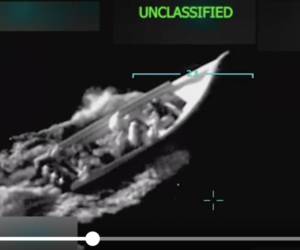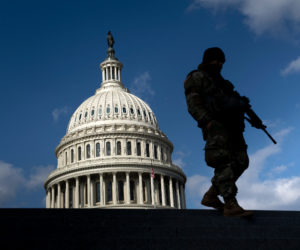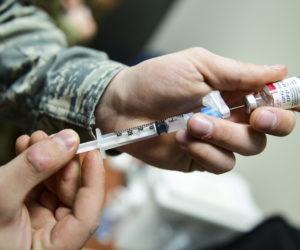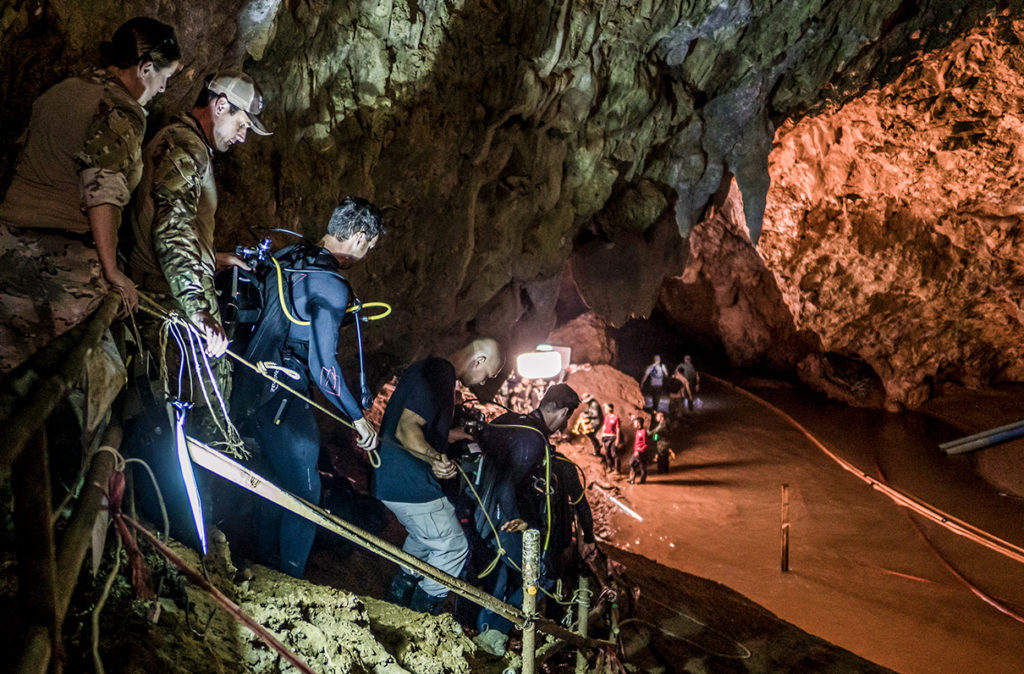
Last summer, on July 10, the world rejoiced and celebrated the “miracle in a Thailand cave” when 12 young boys and their “Wild Boars” soccer team coach were finally rescued against so many odds after having been trapped deep inside a monsoon-flooded cave complex for 18 grueling days.
In a mammoth global undertaking, hundreds of experienced divers, SEALs, pararescuemen and other military from several countries participated in the brave and high-risk rescue effort while humanity held its collective breath.
Among this group were 42 U.S, military personnel, many from the Japan-based Air Force 320th Special Tactics Squadron, and one member from the Joint U.S. Military Advisory Group Thailand.
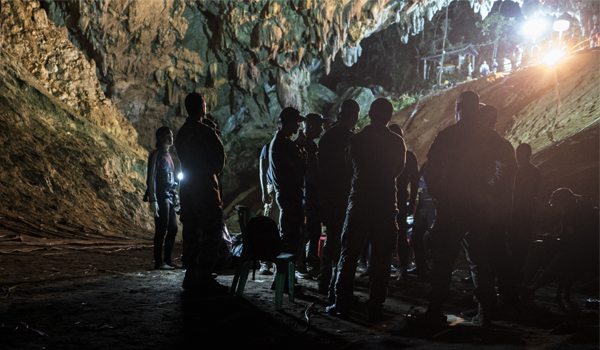
In a gripping “after-action report,” Katie Lange of the Department of Defense, describes how U.S. Air Force Special Operations pararescuemen – “called PJs for short” – (“some of the most highly trained emergency trauma specialists in the U.S. military”) didn’t hesitate last July when called upon to assist in the rescue of the young soccer players and their coach.
Lange concludes her story with, “We know the whole world – which was watching – was thanking them and all the others who helped!”
Well, the Joint Chiefs of Staff have now joined in thanking and commending U.S. servicemembers who participated in the rescue efforts – Operation “Wild Boar” — by approving the award of the Humanitarian Service Medal to those servicemembers who had direct participation in the mission.
According to military.com, Master Sgt. Derek Anderson, a pararescueman with the 320th and team lead during the operation, said this about the mission:
It’s …zero visibility, it’s cold, and it’s far, far back into a cave…It was never any guarantees, and I remember [Hodges] saying specifically, maybe a 60 percent chance of survival … We were completely honest when we were briefing some of the Thai leadership that we were expecting casualties, just because, even though we did as much mission planning and rehearsals, everything that we could possibly do, nothing has been done like this before.
And indeed, there had already been one tragic casualty.
Former Thai Navy SEAL, Saman Kunan (below), died of asphyxiation while diving into the cave to place oxygen tanks along the rescue route.
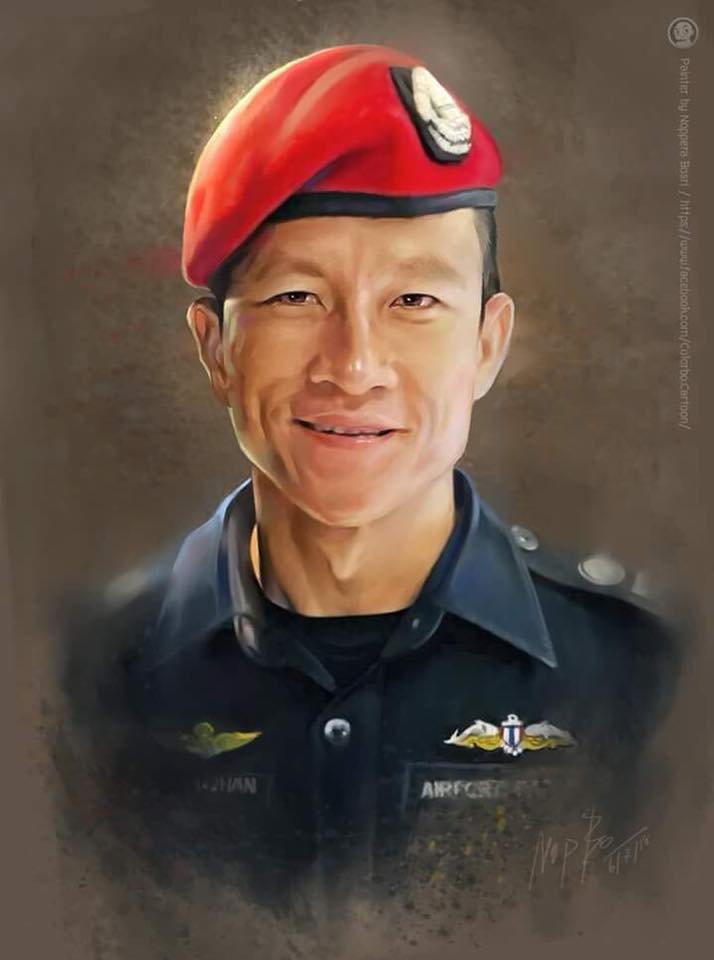
Paying tribute to the Thai Navy Seal at the time, Army Col. Rob Manning said, “The death of the former Thai Navy SEAL illustrates the difficulty of this rescue. His sacrifice will not be forgotten.”
To read another excellent description of the rescue effort, please click here.









